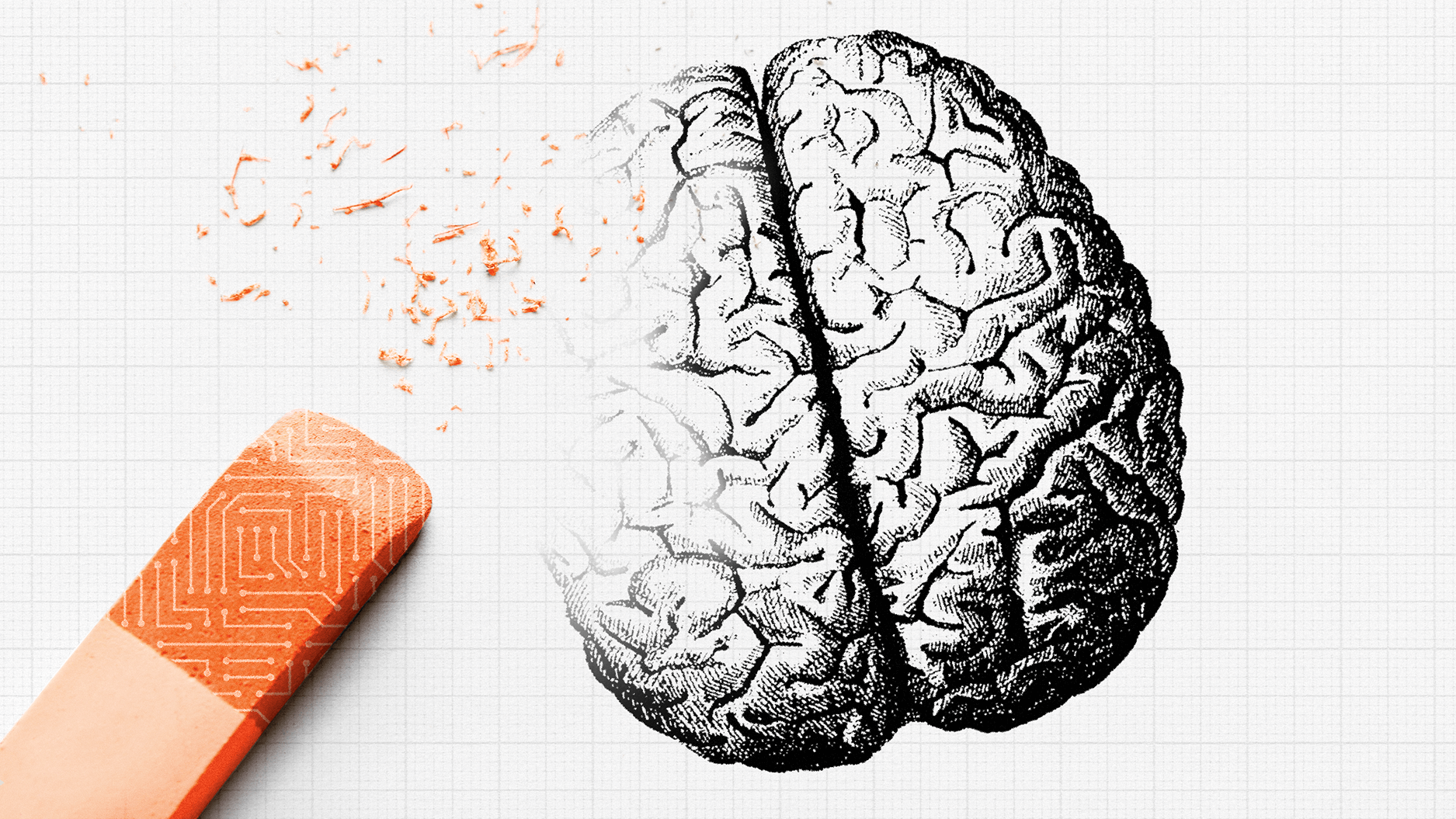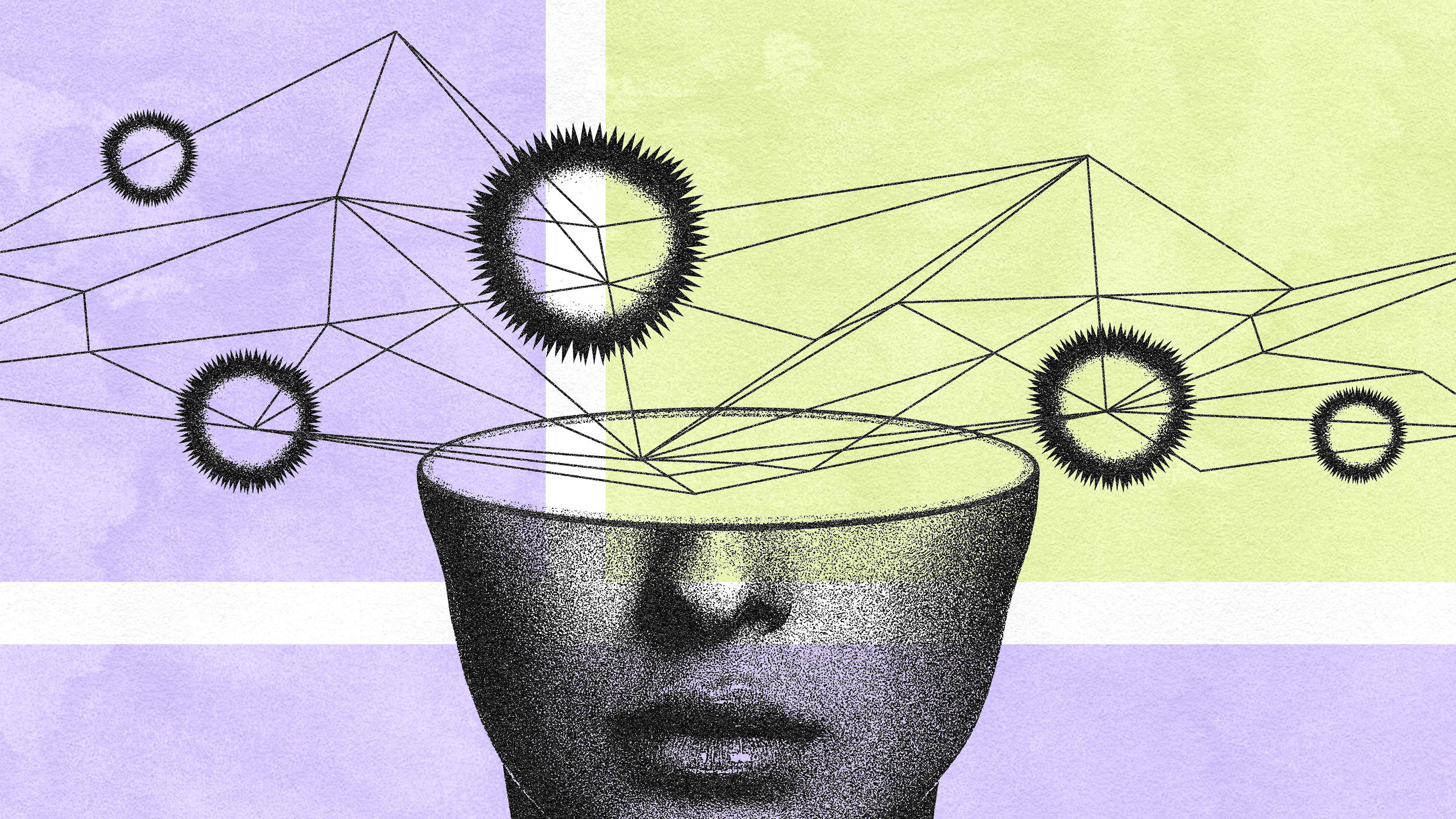The simple logical puzzle that shows how illogical people are

In the 1960s, the English psychologist Peter Wason devised an experiment that would revolutionize his field. This clever puzzle, known as the “Wason selection task,” is often claimed to be “the single most investigated experimental paradigm in the psychology of reasoning,” in the words of one textbook author.
Wason was a funny and clever man and an idiosyncratic thinker. His great insight was to treat reasoning as an enigma, something to scrutinize both critically and playfully. He told his colleagues, for instance, that he would familiarize himself with their work only after doing his own experiments, so as not to bias his own mind. He also said that before running experiments, researchers—quixotically—should never really know exactly why they were doing them. “The purpose of his experiments was not usually to test a hypothesis or theory, but rather to explore the nature of thinking,” a pair of his students wrote in Wason’s obituary. (He died in 2003.) “His aim was to reveal a surprising phenomenon—to show that thinking was not what psychologists including himself had taken it to be.”
The groundbreaking nature of Wason’s selection task may have been a result of his unconventional style. In one version of the task, one subject (always one—he spurned testing subjects in groups) is presented with four cards lying flat on a table, each with a single-digit number on one face and either a vowel or consonant on the other. Let’s imagine that you’re Wason’s subject. The first and second cards you see are an A and a D; the third and fourth cards are a 4 and a 7, respectively. Wason liked to chat with his subjects, but he probably didn’t tell them that this logical puzzle was “deceptively easy,” which was how he described it in the paper he would later write, in 1968.
Wason tells you that if a card shows a vowel on one face, then its opposite face is an even number. Which cards must you turn over in order to test the truth of his proposition, without turning over any unnecessary cards? Test your answer in the video below:
If you got it wrong, keep your spirits up: More than 90 percent of Wason’s subjects erred, too, and in quite a systematic way; the mistakes they made followed a pattern. “I feel very unhappy about my original choice,” a subject once told Wason, “but yes, I would still choose the same ones if I had to do the task again.” In that 1968 paper, titled “Reasoning about a Rule,” he wrote that these were “disquieting” results. The reigning assumption was that humans naturally reasoned analytically, but here was Wason’s subject admitting that, if given the choice, he’d be irrational again. It made Wason wonder: Is it the logical structure of the rules that make the puzzle difficult, or are people tripped up merely by the words with which the puzzle is expressed?
n 1982, a pair of psychologists from the University of Florida, Richard Griggs and James Cox, lent strong support to the idea that the puzzle is hard because of its wording. They reframed the Wason selection task, asking their subjects in one experiment to imagine themselves as police officers in a bar looking for underage drinkers. In this case, rather than the rule being abstract, as with the numbers and colors in the above example, the rule here is utterly social: If a person is drinking beer, then that person must be over 21. Seventy-five percent of subjects nailed the puzzle when it was presented in this way—revealing what researchers now call a “content effect.” How you dress up the task, in other words, determines its difficulty, despite the fact that it involves the same basic challenge: to see if a rule—if P then Q—has been violated. But why should words matter when it’s the same logical structure that’s always underlying them?
In his 2011 bestselling book, Thinking, Fast and Slow, the Nobel Prize-winning psychologist Daniel Kahneman popularized a “dual-process” theory that Wason had hinted at decades before and other researchers had contributed to since. According to this account, different choices of words can make you think using one of two different cognitive systems. Perhaps paradoxically—yet intuitive in view of evolution—the old system (which Kahneman calls “system 1”) is swift and the new system (“system 2”) is sluggish. When confronted with a Wason selection task, these two systems fight over which gets to deliver the answer. If earlier you got it wrong, you can blame it on your old, intuitive system 1, which likes to cut mental corners with something called a “matching bias.” Anyone who tries to solve the puzzle has a marked tendency to just choose the items named in the rule, a logically perilous tactic. So the “matching bias” explains why the most common error is to flip over “A” (a correct move) and “4” (a wrong move), since the rule contains the words “vowel” and “even number.” Flipping the 4 card is logically useless, because discovering a consonant on the other side wouldn’t violate the rule.
But if it’s irrational, why are we prone to do it? Because “it’s fast and feels good,” as one recent paper put it. In contrast, abstract reasoning—the job of the new system—is hard. Where it can, the new system allows the old one, often without realizing it, to guide its decisions. That’s why Kahneman says “one of its main characteristics is laziness.” But its laziness pays off in the beer-drinking version of the puzzle, because the old system is very familiar with the law against underage drinking and the legal drinking age, and it exploits this knowledge to solve the puzzle without much effort.
This tale-of-two-systems explanation for the good and poor performances in Wason’s puzzle has some corroborating support. If earlier you answered correctly, chances are that your SAT scores are higher than those who got it wrong. Studies also show that the new system is more strongly tethered to both the age and intelligence of a growing child. And quite predictably, it’s the new system, much more than the old one, that deteriorates with old age. Evidence of this sort seems to nicely cleave our minds into two co-operating halves—the new one providing a “powerful general purpose reasoning system,” and the old one consisting of “autonomous sub-systems” that tend to run, as it were, without much oversight.
Not convinced? You’re not alone. Evolutionary psychologists think it quite implausible that the tinkering blind watchmaker of natural selection would divide our thinking so cleanly and distinctly according to this dual-process scheme. For them, what makes the beer-drinking version of the Wason selection task so easy is that humans evolved in what they call a “socio-cognitive niche.” To survive in this niche, it was adaptive to create and follow rules in order “to function as a unique and highly competitive predatory organism,” as one recent review, in the Philosophical Transactions of the Royal Society, argues.
For an evolutionary psychologist, the beer-drinking variation activates our highly evolved ability to tell when someone is breaking a “social contract” rule. In 1989, Leda Cosmides, a founder of the radically Darwinian approach to the field, called this ability a “cheater detection module” and, ever since, her colleagues have used the Wason selection task to test humanity’s social nature in hundreds of studies. One of the most recent, published in February in Evolution and Human Behavior, seems to show that mothers and fathers are systematically less caring toward unrelated kids. “Parents,” the researchers concluded, “seem to reason less well about safety rules as they apply to unrelated children compared to rules that apply to their own.”
The two camps continue to put out their own studies—and arguments—to explain the results of the Wason selection task. As of now, the experimental output of the puzzle remains open to interpretation.
As for Wason, after his retirement, he vowed to stay out of the scientific debates surrounding his work, but delighted in seeing more ideas blossom on the trail he—more than anyone—forged. He took up chess, co-wrote a book about it (called, unsurprisingly, Psychology of Chess) and attained the rank of international master. Reflecting on his career, he said, “Perhaps I was drawn towards the topic of reasoning because most things in life seemed unreasonable.”
This article originally appeared on Nautilus, a science and culture magazine for curious readers. Sign up for the Nautilus newsletter.





